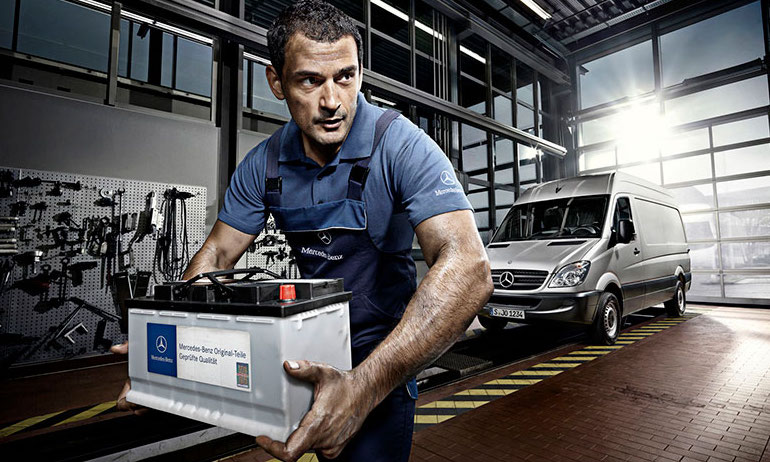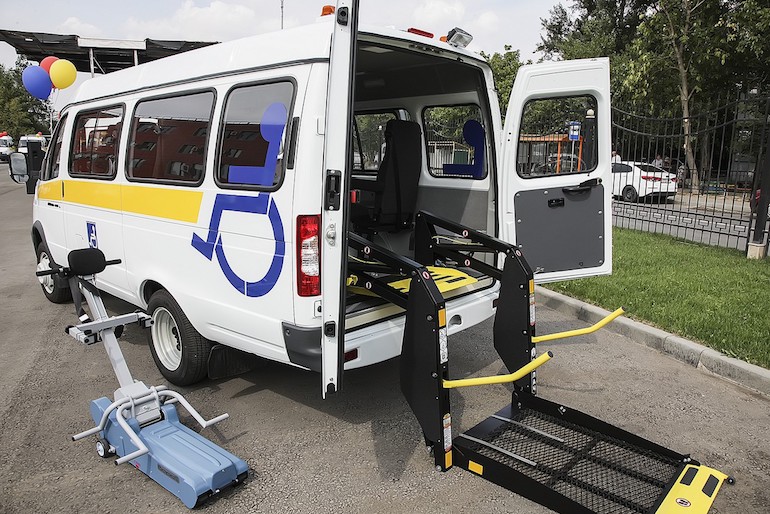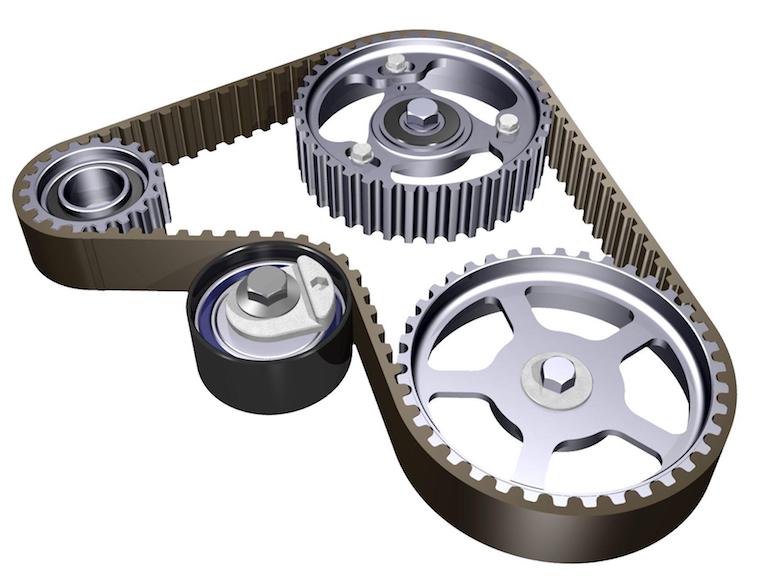
Is it possible to put a larger capacity battery in a car?
Motorists often wonder what will happen if a battery with more power is put on the car than the manufacturer provided for?
The editors of the Vodi.su portal respond if the terminals are suitable and the battery has the same dimensions, then you can use it, even if its power exceeds the power of the battery supplied from the factory.
Why then is there so much controversy?
There are two myths:
- If you put a battery of a smaller capacity, it will boil.
- If you put a battery with a larger capacity, it will not fully charge and may burn the starter.
To dispel these misconceptions, imagine 2 barrels of water of different volumes. One barrel contains 100 liters of water, the other 200 liters. Connect a source of water to them, which will fill each barrel at the same rate. Naturally, the first barrel will fill up 2 times faster.
Now we will drain from each barrel 20 liters of water. In the first barrel we will have 80 liters, in the second - 180 liters. Let's connect our source again and add 20 liters of water to each barrel. Now every barrel is filled again.

How does it work in a car?
Now imagine that the generator is our source of water. It charges accumulators (barrels) at a constant rate for as long as needed. The alternator cannot give the battery more power than it can take. More precisely, the generator produces energy when there is a consumer for it. The battery takes it when it is needed and as much as needed (full barrel).
Now the starter (hose). It takes energy from the battery. Let's say for 1 start of the engine, the starter takes 20 Ah. No matter how powerful the battery is, it will still take its 20 Ah. When the engine is started, the generator comes into operation. He must make up for the loss. And he makes up for - the same 20 Ah. Regardless of the capacity of the battery installed in the car.

In addition to the starter, on-board vehicle systems can also consume battery power if they operate with the engine off. Often, motorists find themselves in unpleasant situations when they fail to start the car using the starter, the battery is dead. This happens because the driver forgot to turn off the lights or the audio system.
We see that the capacity of the battery does not affect the operation of the car. Whatever battery is in the car, the generator will charge it exactly as much as the consumers have planted.
Then what are the myths based on? It's about changing concepts. There is a fundamental difference between the concepts "battery is charging" and "battery is being recharged." It's like in our example above, if we apply a constant current of 1 A to each battery of 100 Ah, it will boil after 100 hours, and the second, at 200 Ah, will not be recharged yet. After 200 hours, the second battery will boil, while the first one will boil for 100 hours. Of course, the numbers are given conditionally, only to explain the process itself. Not a single battery will boil for 100 hours.
The above process is called charging the battery, but this is not the case in question.
When we talk about the operation of a battery in a car, we mean the process of recharging, and not charging from scratch. Consumers took some, not all. This number is the same for both batteries. So it doesn't matter which one takes longer to charge.

If the battery is completely dead, we will not be able to start the starter from it. Then the battery will have to transfer the power needed for the starter from an external device (“light it up”). Again, once the starter has started the engine and the alternator is running, the fact that one battery takes longer to charge than the other won't make any practical difference to us. While driving, the generator is responsible for the energy supply, and not the battery at all. If we turn off the engine, for example, after 5 minutes, both batteries will be charged by the same amount. During the next engine start, the battery charging will continue evenly.
To understand the reason for the emergence of these myths, it is worth going back to the 70s of the last century. It's all about broken roads. When drivers got stuck somewhere, they got out "on the starter". Naturally, he burned out. Therefore, the manufacturers took this step, limiting the power.
Loading…

